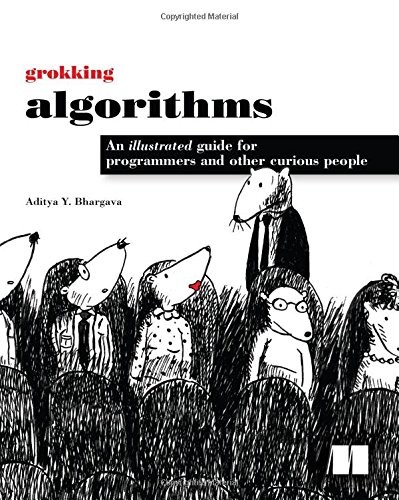
# Grokking Algorithms, Second Edition
Description
A friendly, fully-illustrated introduction to the most important computer programming algorithms with beautifully simple explanations and fun illustrations.
Favorite Quote
My Notes
Why I Read This Book
I wanted to strengthen my understanding of algorithms in a way that wasn't overly academic or intimidating. This book's visual approach and clear explanations appealed to me as a way to build a solid foundation in algorithmic thinking without getting lost in complex mathematics.
Key Takeaways
Visual Learning Approach
The book's illustrations and simple explanations made complex concepts like recursion and dynamic programming much more approachable. I found that visualizing algorithms helped me understand not just how they work, but why they work.
Practical Algorithm Selection
I learned how to identify which algorithm is appropriate for different scenarios. Understanding the tradeoffs between different approaches (like breadth-first vs. depth-first search) has been invaluable in my day-to-day work.
Big O Notation
The book demystified big O notation for me, making it clear why efficiency matters and how to analyze an algorithm's performance. This has become essential when I need to optimize code or explain why certain approaches might be better than others.
How I've Applied It
I've used the binary search technique several times when working with sorted data, significantly improving performance compared to linear searches I had implemented before.
The graph algorithms section has been particularly useful when I needed to model relationships between different entities in a project, helping me efficiently find shortest paths and connections.
Overall, this book has changed how I approach problem-solving. I now think more systematically about efficiency and can recognize common algorithmic patterns in everyday programming challenges, allowing me to reach for proven solutions rather than reinventing the wheel.